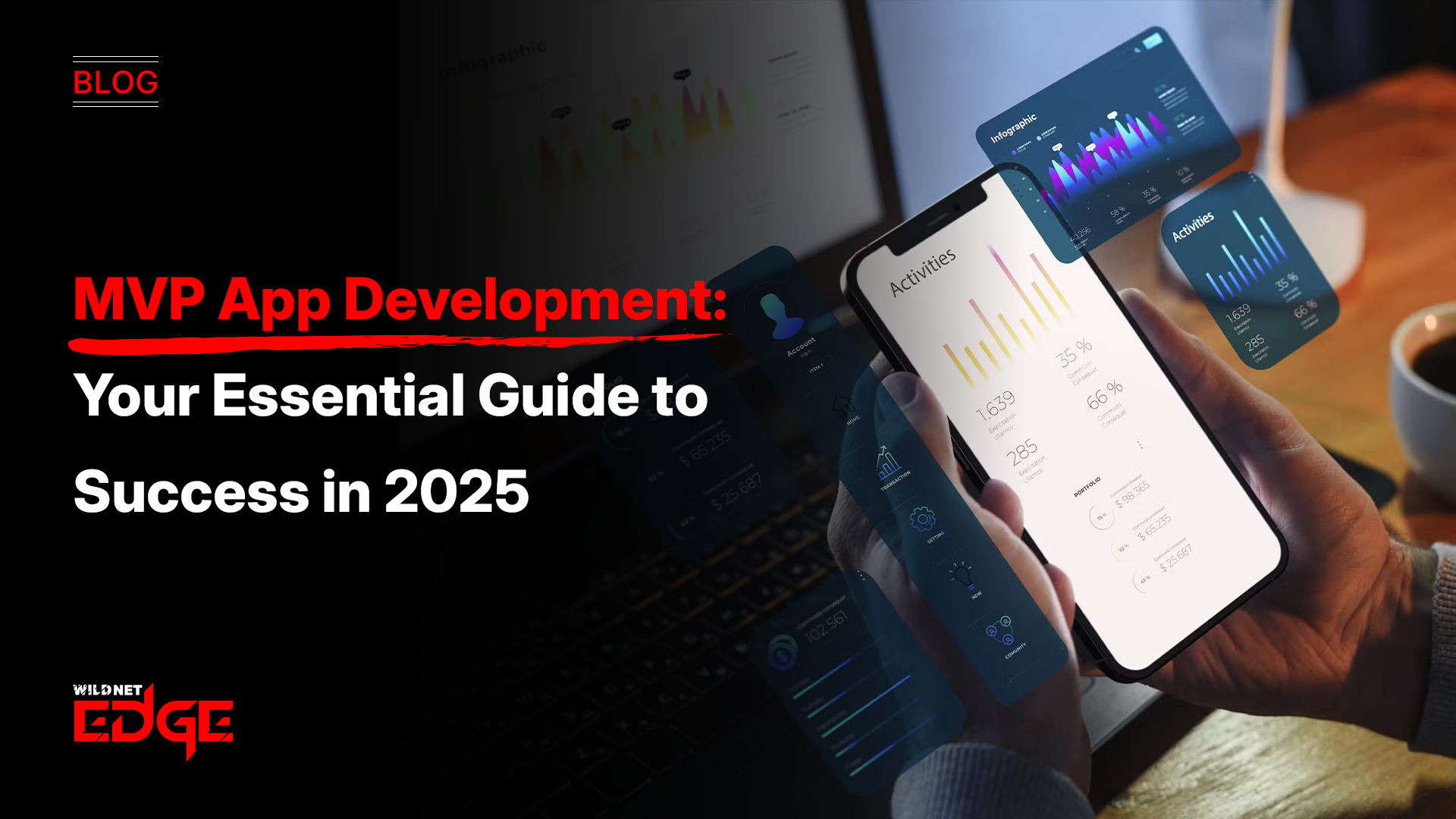Struggling with unreliable testing that breaks your release cycles? You’re not alone. End-to-end testing can be a pain—time-consuming, flaky, and complex. But what if there were frameworks designed to make your life easier, faster, and your tests bulletproof? In this post, we’ll dive deep into the top end-to-end testing frameworks you should try in 2025, including Cypress, Playwright, and Selenium, so you can choose the right tool to supercharge your QA process.
Cypress: The Developer-Friendly Modern Framework
Cypress has rapidly become a favorite among developers aiming to streamline their end-to-end testing. Unlike traditional testing frameworks, Cypress is built specifically for modern JavaScript applications, making it remarkably straightforward to write, run, and debug tests.
One of Cypress’s standout features is real-time reloads. When you edit a test, Cypress automatically reruns it in the browser, providing instant feedback. This live interaction drastically reduces debugging time. Additionally, Cypress handles automatic waiting — it intelligently waits for elements to appear, animations to finish, or network calls to complete before moving to the next command. This eliminates the need for explicit waits or timers that often cause flaky tests.
Its intuitive API means you can write tests using a readable syntax that closely mimics user interactions, making tests both robust and easy to understand, even for those new to testing.
Why Developers Love Cypress:
- Easy setup: Installation is as simple as a single command with no complicated dependencies.
- Fast test execution: Built to run tests right inside the browser, Cypress executes tests swiftly, speeding up your feedback loop.
- Powerful debugging: Cypress’s interactive test runner lets developers step through commands and inspect DOM states in real-time.
- Built-in mocking/stubbing: Helps isolate components under test by intercepting network requests effortlessly.
Limitations to Consider:
While Cypress shines with Chromium-based browsers and Firefox, its support beyond UI testing remains limited. It currently cannot fully test outside the browser context, such as native mobile apps or multi-tab scenarios. Some teams face challenges when looking to do cross-browser tests beyond the supported engines or complex backend-heavy interactions.
Actionable tip: Use Cypress if your primary focus is rapid UI test development on Chromium or Firefox, and you want superior debugging capabilities for fast iteration cycles.
Playwright: The Cross-Browser Powerhouse for 2025
If your projects demand broad browser compatibility with high reliability, Playwright stands out in 2025 as the go-to end-to-end testing framework. Developed by Microsoft, Playwright is designed for true cross-browser testing across Chromium, Firefox, and WebKit — meaning it covers Chrome, Edge, Firefox, and Safari browsers right out of the box.
Playwright’s multi-browser support is essential for teams needing to validate user experience uniformly across the most widely used browsers and even mobile devices. It also supports headless execution, allowing for faster and more resource-efficient test runs in CI/CD pipelines.
Advanced Features That Make Playwright a Powerhouse:
- Auto-waiting: Playwright automatically waits for elements to be actionable, drastically reducing flaky tests caused by timing issues.
- Smart Assertions: It provides built-in assertions that wait for conditions to be met, better aligning test expectations with real app behavior.
- Tracing: This powerful feature captures screenshots, console logs, and network requests during test runs. When a test fails, developers get detailed trace files to diagnose problems faster.
Playwright also supports mobile emulation and native mobile web testing by leveraging browser engines, which is vital for teams focused on mobile-first design.
How Playwright Shines in 2025:
- Cross-browser and platform testing without additional configuration
- Rich debugging tools and detailed test tracers to pinpoint failures instantly
- Seamless integration with modern test runners like Jest and Mocha
- Headless and headed modes, plus mobile simulations for comprehensive coverage
Pro tip: Choose Playwright when your QA strategy demands coverage on multiple browsers and devices, combined with robust debugging and scalability features.
Selenium: The Veteran Giant in End-to-End Testing
Selenium has been the backbone of end-to-end testing for over a decade, and its maturity is undeniable. As the oldest and most established E2E testing framework, Selenium boasts an incredibly wide ecosystem with support for numerous programming languages, including Java, Python, C#, Ruby, and JavaScript.
Selenium’s architecture uses a client-server model with the WebDriver API to control browsers remotely. This decoupling allows flexibility in test execution environments and integration with a variety of testing tools and CI/CD pipelines.
Where Selenium Still Excels in 2025:
- Complex integrations: Selenium easily fits into enterprise-grade test suites requiring interaction with non-web systems or legacy backends.
- Language diversity: If your team prefers non-JavaScript languages or multi-language environments, Selenium supports them all robustly.
- Selenium Grid: For scalability, Selenium Grid enables parallel test execution across multiple browsers and machines, accelerating test runs significantly.
Despite newer contenders, Selenium’s robustness and extensibility remain unparalleled for legacy projects, large-scale multi-browser farms, and complex automation scenarios.
Challenges with Selenium:
- Tests can require more boilerplate and manual synchronization, leading to longer maintenance.
- Debugging is less interactive compared to Cypress or Playwright.
- Setup and configuration can be complex for beginners or small teams.
Tip for testers: If your environment demands diverse language support and highly scalable distributed testing, Selenium’s longevity and ecosystem make it a safe choice.
Comparing Cypress, Playwright, and Selenium: Choosing the Right Tool
Selecting the right end-to-end testing framework in 2025 involves evaluating several critical factors. Here’s how Cypress, Playwright, and Selenium stack up across key dimensions:
Performance: Speed and Reliability
- Cypress offers fast execution through in-browser tests and automatic waiting but is limited to fewer browsers.
- Playwright delivers high-speed, reliable tests with built-in auto-waits and supports multi-browser testing seamlessly.
- Selenium may be slower due to its architecture and requires manual synchronization, but shines in large distributed setups.
Browser and Platform Support
- Playwright leads on true cross-browser (Chromium, Firefox, WebKit) and mobile emulation.
- Selenium supports the broadest range of browsers and OS combinations, including older versions.
- Cypress focuses on Chromium-based browsers and has growing Firefox support but lacks WebKit and mobile coverage.
Learning Curve and Developer Experience
- Cypress is often praised for its intuitive API and developer-centric tooling, reducing the learning curve.
- Playwright strikes a balance with a modern, explicit API but requires some familiarity with browser concepts.
- Selenium demands more initial setup and understanding of WebDriver APIs, which can slow onboarding.
Community and Support Ecosystems
- Selenium has the largest, most mature community with extensive third-party integrations and documentation.
- Cypress benefits from a passionate, growing community focused on modern JavaScript apps.
- Playwright is rapidly growing with strong corporate backing and a vibrant user base.
Integration with CI/CD Pipelines and Test Management Tools
All three integrate well with CI/CD tools like Jenkins, GitHub Actions, and Azure Pipelines, but:
- Cypress and Playwright offer tighter integration with front-end build systems and test reporting services.
- Selenium’s language diversity means it fits into a wider variety of existing enterprise infrastructures.
Summary: For fast front-end web testing with excellent debugging, choose Cypress. For comprehensive, cross-browser, and mobile coverage, Playwright is optimal. For enterprise-level, language-flexible, and highly scalable solutions, Selenium remains the gold standard.
Trends and Best Practices in End-to-End Testing for 2025
The landscape of end-to-end testing continues evolving in 2025, with new trends reshaping how teams approach test automation for higher efficiency and reliability.
AI-Assisted Test Generation and Maintenance
Artificial intelligence and machine learning are increasingly powering tools that generate test scripts based on user behavior, auto-fix flaky tests, and predict areas prone to defects. Integrating AI-backed tools with frameworks like Cypress and Playwright helps reduce manual effort and keeps suites maintainable.
Combining E2E Testing with API and Unit Tests for Full Coverage
Modern QA strategies emphasize a layered approach where unit tests handle logic, API tests cover backend contracts, and E2E tests validate full workflows. This reduces redundancy in E2E testing and speeds up pipelines while maintaining thorough coverage.
Cloud-Based Test Platforms and Parallelization
Leveraging cloud services such as BrowserStack or Sauce Labs for cross-browser, parallelized testing accelerates feedback loops dramatically. Running tests in parallel across multiple browsers and devices reduces total test time and increases coverage.
Emphasizing Test Flakiness Reduction Techniques
Flaky tests remain a core challenge. Best practices in 2025 include:
- Leveraging automatic waits (native to Cypress and Playwright)
- Isolating tests and avoiding external dependencies
- Monitoring flaky test reports and pruning flaky or outdated tests regularly
Actionable Recommendation: Build your strategy around frameworks that natively address flakiness and integrate smoothly with CI/CD automation and cloud testing for scale.
Conclusion
Choosing the right end-to-end testing framework can transform how quickly and confidently you ship software. Whether you lean towards Cypress’s developer-centric design, Playwright’s versatile cross-browser support, or Selenium’s extensive legacy ecosystem, each offers unique advantages for 2025 and beyond. As a trusted authority in delivering reliable testing solutions, WildnetEdge can help you implement, optimize, and scale your end-to-end testing strategy with expert guidance. Ready to elevate your test automation? Partner with WildnetEdge today.
FAQs
Q1: What is the best end-to-end testing framework for modern web applications?
Cypress and Playwright are often preferred for modern web apps due to their speed, developer-friendly APIs, and strong browser support, but the best choice depends on your project needs.
Q2: How does Playwright differ from Selenium in 2025?
Playwright offers built-in support for multiple browsers including WebKit and faster execution with automatic waits, while Selenium has broader language support and a larger community.
Q3: Can Cypress be used for cross-browser testing?
Cypress primarily supports Chromium-based browsers and Firefox; for broader cross-browser testing, Playwright or Selenium might be better options.
Q4: What are common challenges in end-to-end testing frameworks?
Flaky tests, slow execution times, and complex setup/configuration are typical challenges to address when choosing an E2E testing tool.
Q5: How can WildnetEdge support my end-to-end testing strategy?
WildnetEdge offers expert consulting, implementation assistance, and ongoing support to help you select and optimize the right E2E testing frameworks tailored to your business goals.

Nitin Agarwal is a veteran in custom software development. He is fascinated by how software can turn ideas into real-world solutions. With extensive experience designing scalable and efficient systems, he focuses on creating software that delivers tangible results. Nitin enjoys exploring emerging technologies, taking on challenging projects, and mentoring teams to bring ideas to life. He believes that good software is not just about code; it’s about understanding problems and creating value for users. For him, great software combines thoughtful design, clever engineering, and a clear understanding of the problems it’s meant to solve.
 sales@wildnetedge.com
sales@wildnetedge.com +1 (212) 901 8616
+1 (212) 901 8616 +1 (437) 225-7733
+1 (437) 225-7733































